The Moon: from Inner Worlds to Outer Space (until 20 January 2019) exhibition at the Louisiana Museum of Modern Art in Humlebaek, Denmark, explores the many different ways that artists, photographers, film makers, historians, astronomers and more have tried to capture the image of the moon. The show’s curator, Marie Laurberg, has picked five of her favourites images and tells The Art Newspaper the stories behind them.
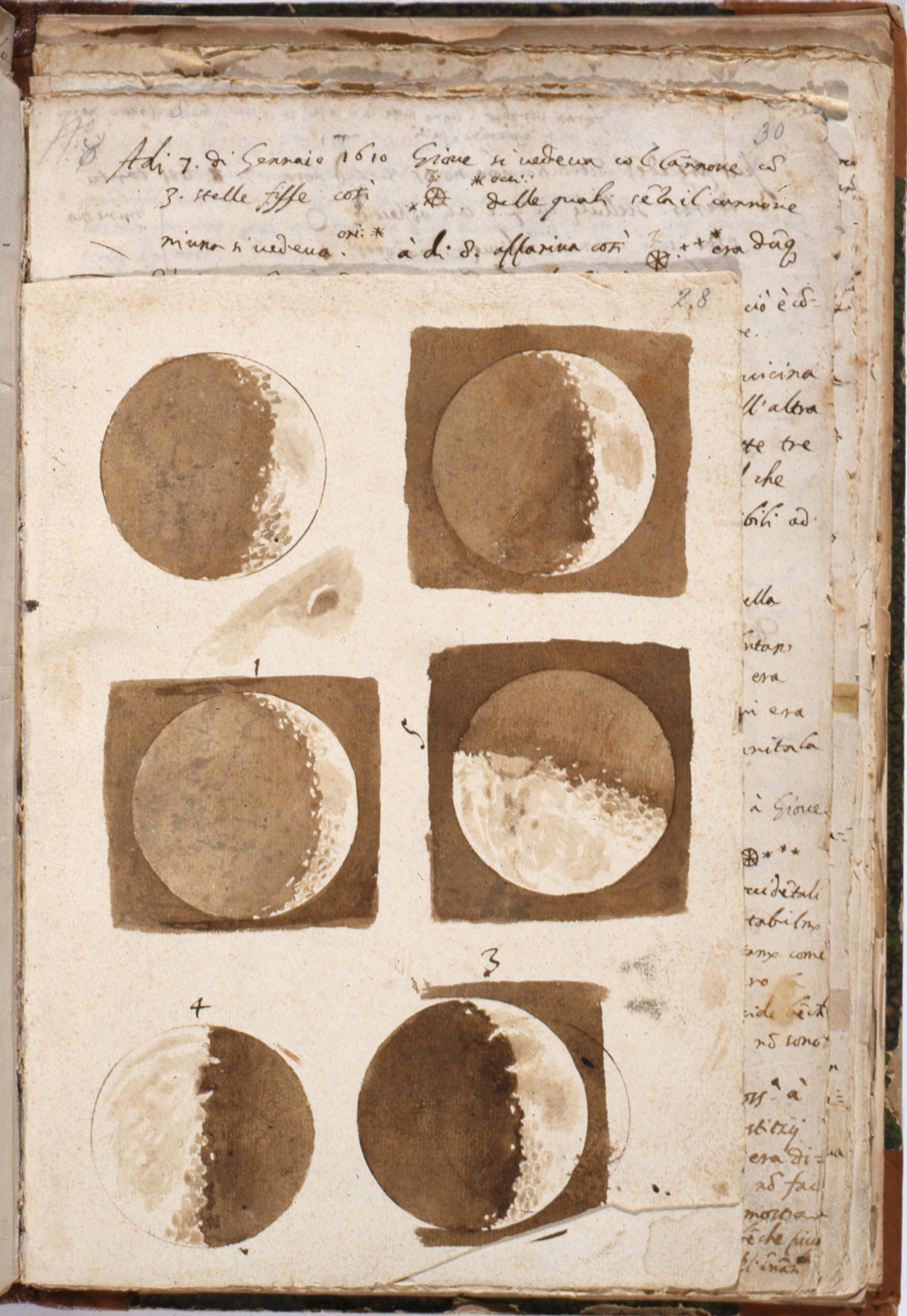
“Galielo Galilei is regarded as the founder of modern astronomy, and his book Sidereus Nuncius (1610) is the first published book about the moon based on telescope observations. This unique manuscript is Galilei’s original, handwritten text with watercolour illustrations, on which the book was based. It is on loan from the national library in Florence.” Galileo Galilei’s manuscript for Sidereus Nuncius (1610)
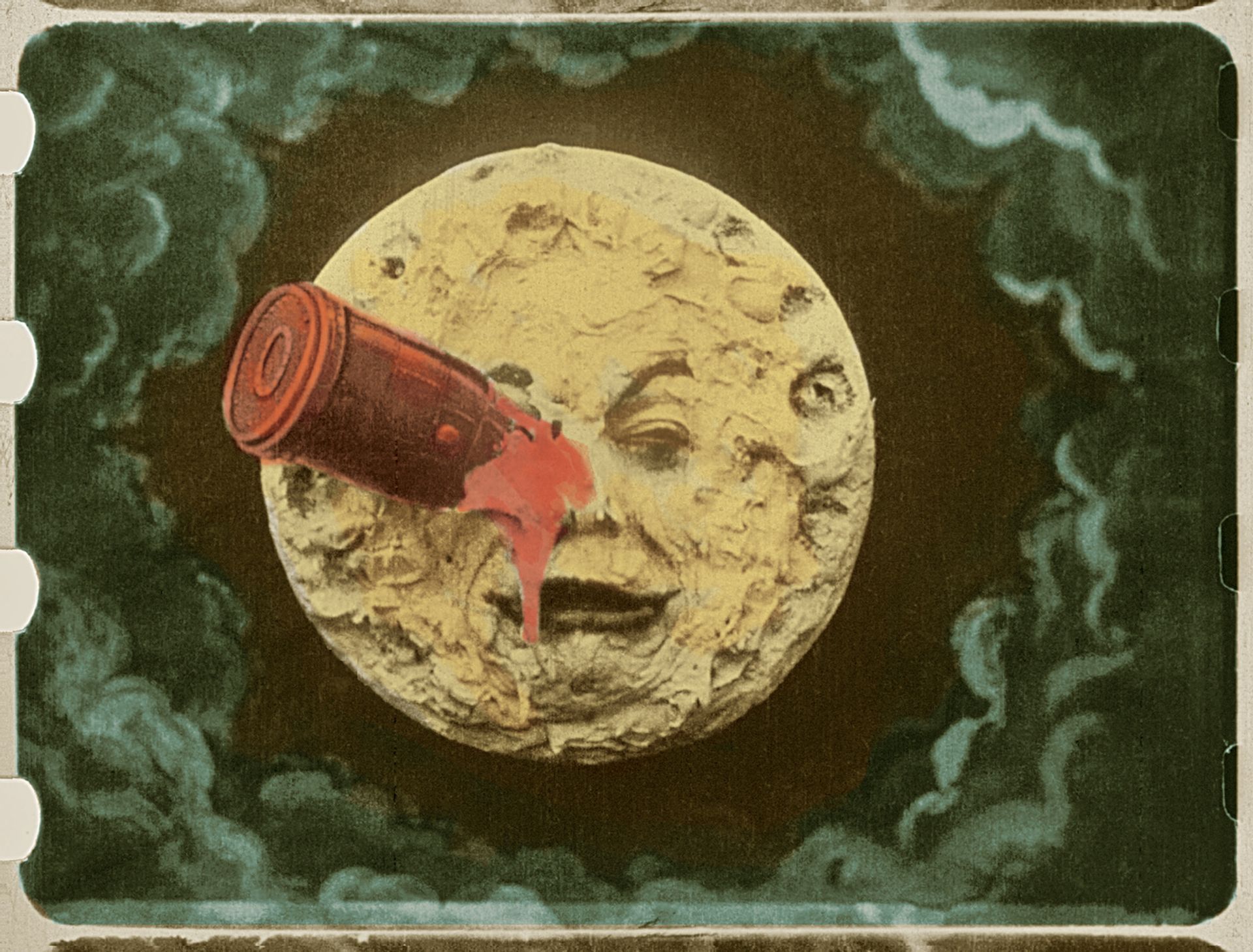
“Georges Méliès’s Le Voyage dans la Lune (1902) science fiction film—in beautiful hand-painted colours—tells us about an unfortunate lunar mission whose passengers are captured by ‘lunarites’ and barely make it back to Earth. In the defining scene, the Moon character is hit in the eye by a spaceship.” Georges Méliès’s Le Voyage dans la Lune (1902) [© Lobster films, Fondation Groupama Gan Fondation Technicolor]
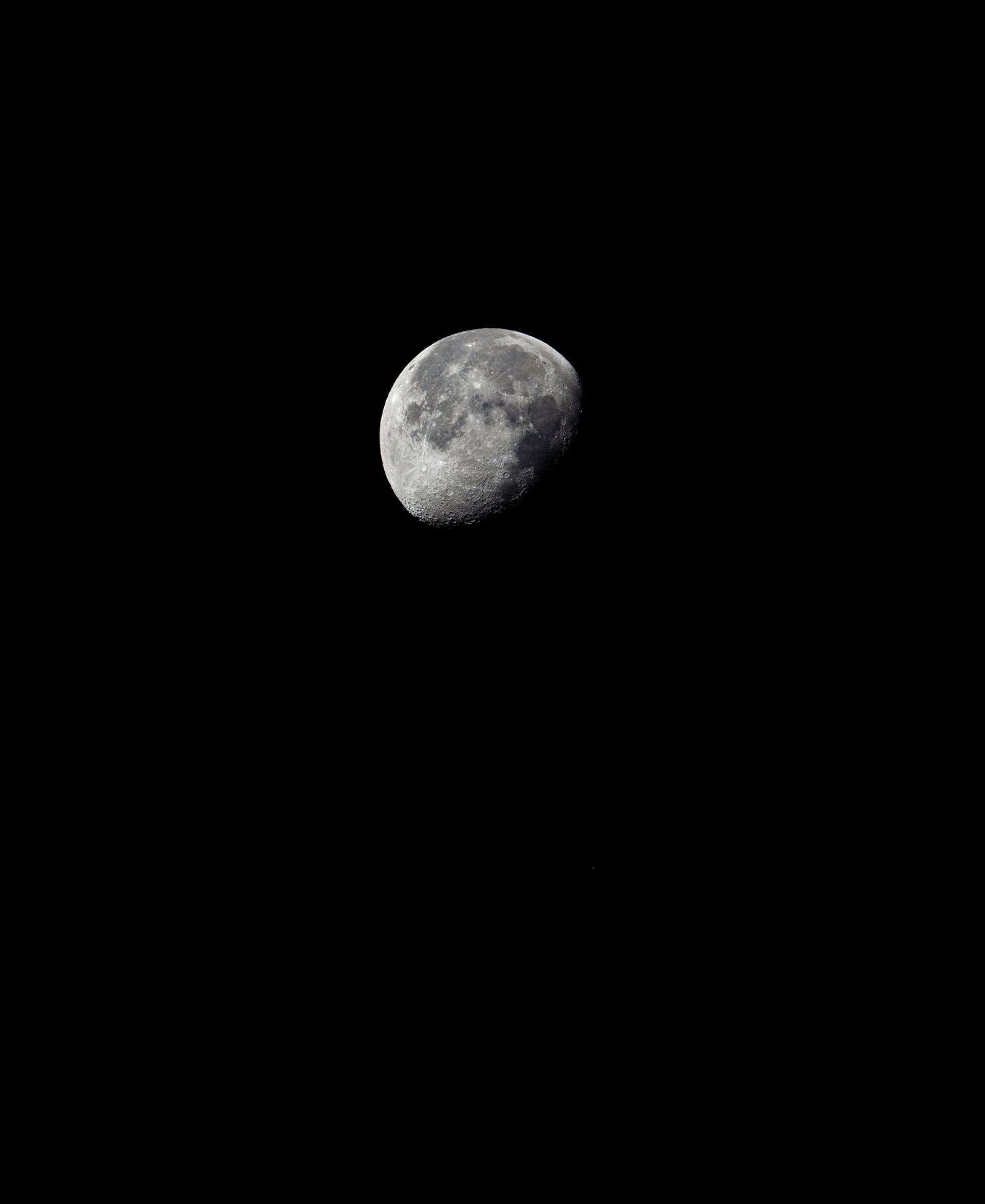
“A critical investigation of the desires behind contemporary space programmes permeates Trevor Paglen’s work, revealing a darker side to the night sky. In his research-based investigations, Paglen unveils secret military satellites amid the sparkling stars, showing how warfare was always part of the impetus for going into space.” Trevor Paglen’s Dead Military Navigation Satellite (COSMOS 985) Near the Disk of the Moon (2012) [© Trevor Paglen]
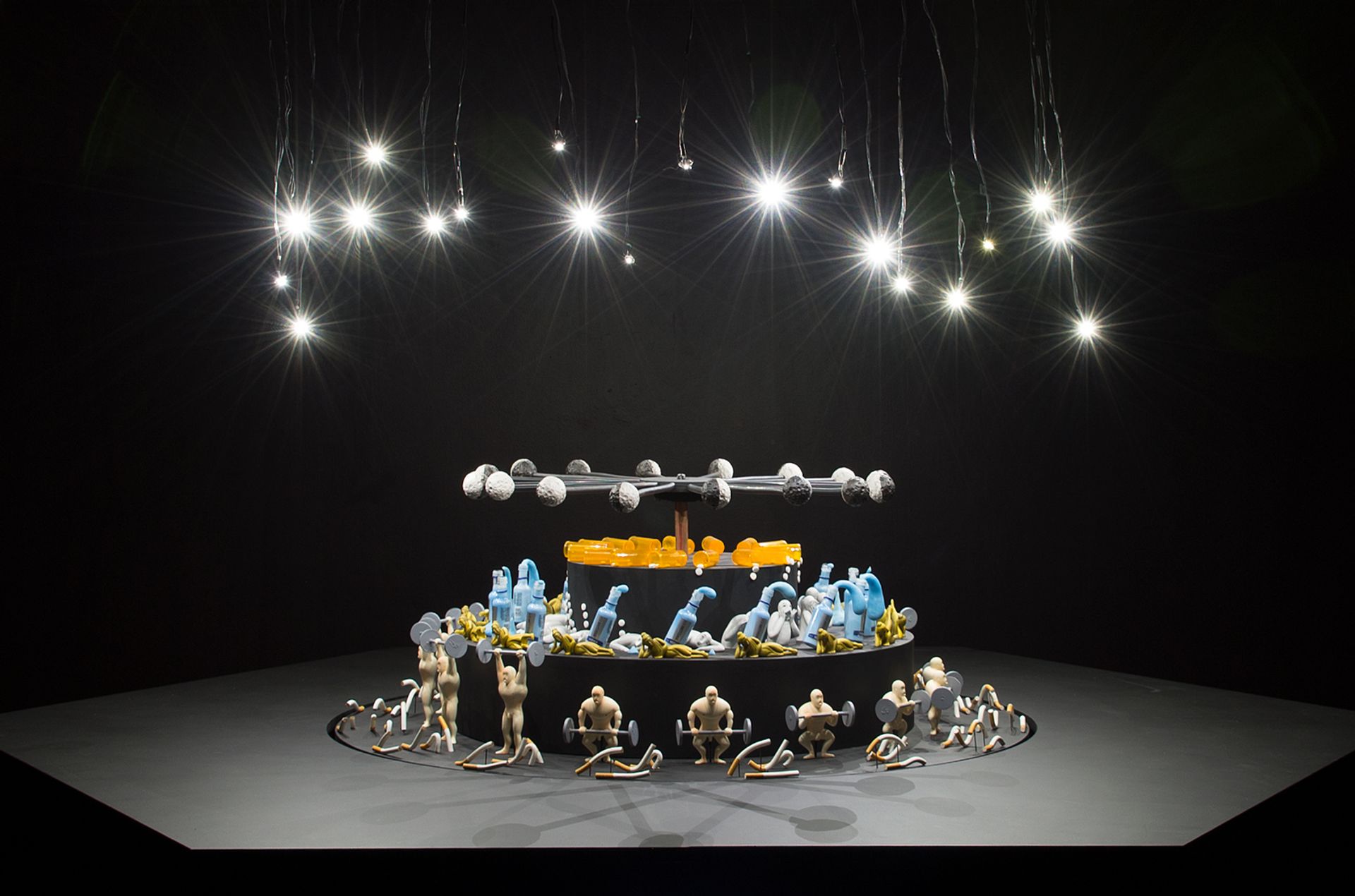
“Camille Henrot’s October 2015 Horoscope (2015), a fantastic and playful installation, deals with the psychological conditions of contemporary society and how yoga and drugs are deployed to put the mind at ease. The installation draws on the age-old idea of the moon’s ability to drive you mad—as reflected in the word ‘lunatic’, which derives from the French word for moon: lune.” Camille Henrot’s October 2015 Horoscope (2015) [© Camille Henrot]

“The moon was always connected to cutting edge technology, and this exhibition is a chance to highlight brand new ideas. Neri Oxman’s Qmar – Luna’s Wanderer (2014) Is an experimental space suit design by the MIT professor in design and suggests the potential of infusing spacesuits with live bacteria creating oxygen so that it functions on the moon.” Neri Oxman’s Qmar – Luna’s Wanderer (2014) [© Neri Oxman]
“Galielo Galilei is regarded as the founder of modern astronomy, and his book Sidereus Nuncius (1610) is the first published book about the moon based on telescope observations. This unique manuscript is Galilei’s original, handwritten text with watercolour illustrations, on which the book was based. It is on loan from the national library in Florence.” Galileo Galilei’s manuscript for Sidereus Nuncius (1610)
In pictures: how humans have captured the moon, from Galileo Galilei to Camille Henrot
A new show at the Louisiana museum in Denmark gathers 200 different takes on earth’s nearest neighbour
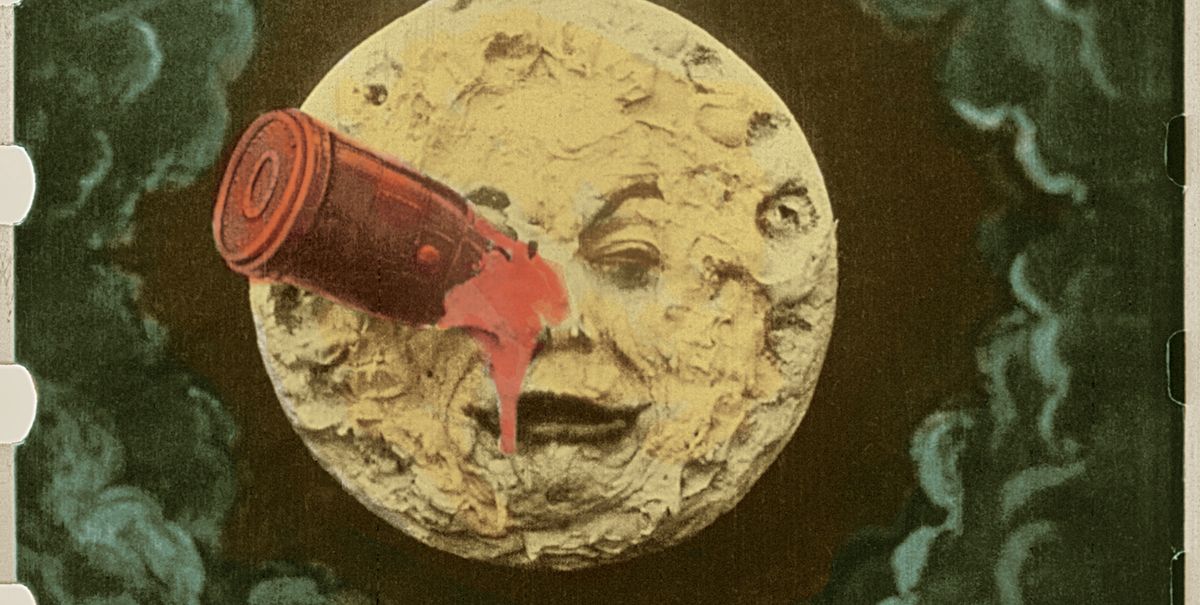
Georges Méliès’s Le Voyage dans la Lune (1902) © Lobster films, Fondation Groupama Gan Fondation Technicolor

